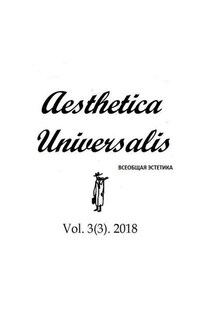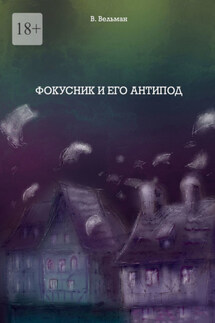Vol. 3 (3). 2018 - страница 15
Introduction
Starting in 1909, Wassily Kandinsky transformed art: he formulated the concept of abstract art and then experimented until he was able to paint it. Abstraction was arguably the most influential innovation in art of the twentieth century, and Kandinsky is seen as one of its founders.39 For Kandinsky, however, abstraction of form was not an end in itself: in his book On the Spiritual in Art he explained that «art is […] a power that has a purpose and must serve the development and refinement of the human soul.»40 He believed this could be achieved through abstraction, but only if it conveyed spiritual significance. This study proposes an entirely new understanding of Kandinsky’s art in these critical years: his formal and thematic dependence on «Oriental» themes.
This study will examine a group of five paintings to reveal how content and form combined in these works in a manner uniquely suited to propel Kandinsky towards a new type of art. These paintings, which I will refer to as «abstract-Orientalist» paintings, have never previously been examined as a distinct group through the lens of postcolonialism. There are more paintings from this period with Orientalist references, but unfortunately space dictates a narrow focus in the present article.41 Kandinsky assigned these paintings titles that include the words «African», «Arabs» and «Oriental».42 Today we understand the three terms above to mean different things with distinct geographic, political and historical connotations; for Kandinsky, however, and for his contemporaries, these terms were interchangeable and related not to specific geographies, but rather to a culturally constructed idea.43 Kandinsky’s manipulation of this idea in his early abstract art forms the subject of this study.
Kandinsky’s artistic objectives during these years centred around the desire to produce «spiritual» art. His book On the Spiritual in Art, written in 1909 but not published until 1911, was his major intellectual contribution in the period under examination here.44 In his book, he articulated the view that art is ’spiritual bread for the spiritual awakening now beginning’ and believed it could lead viewers, and ultimately society as a whole, to a «spiritual turning point».45 The intellectual landscape that Kandinsky inhabited was in the throes of responding to Nietzsche’s proposition, «God is dead!», which Kandinsky cited in his book.46 Raised in the Russian Orthodox tradition, Kandinsky was never an atheist, but like other cosmopolitan intellectuals across Russia and Europe, he was looking for a new solution to what J.J. Clarke has described as:
a pervasive cultural disquietude, an uneasy awareness of fault lines running deep into the strata of European cultural life, down through levels of politics, religion, and philosophy, giving rise to a sense of some fundamental breakdown at the heart of the West’s intellectual, spiritual and moral being.47
Kandinsky’s drive to produce «spiritual art needs to be understood in this context. And, like many of his predecessors and contemporaries, Kandinsky believed that «the West» that he inhabited was materialistic and spiritually corrupt. Like them, he turned to «the Orient’ to fill the spiritual void.48
Although Russian, Kandinsky lived in Germany during the period under examination here and had done since 1896. This paper does not seek to deny his Russianness, nor his feelings about Moscow which he described on several occasions in spiritual terms. Nevertheless, Kandinsky was raised in a multilingual, metropolitan household, grew up in rapidly modernising Russian cities, and spent his formative artistic years in Munich, studying the European artistic tradition. This paper proposes that when Kandinsky referred to «the West», he was referring to the modern, increasingly homogenous metropolises across Europe, extending into Russia, and his view of «the Orient» was framed in opposition to this construction of «the West».






